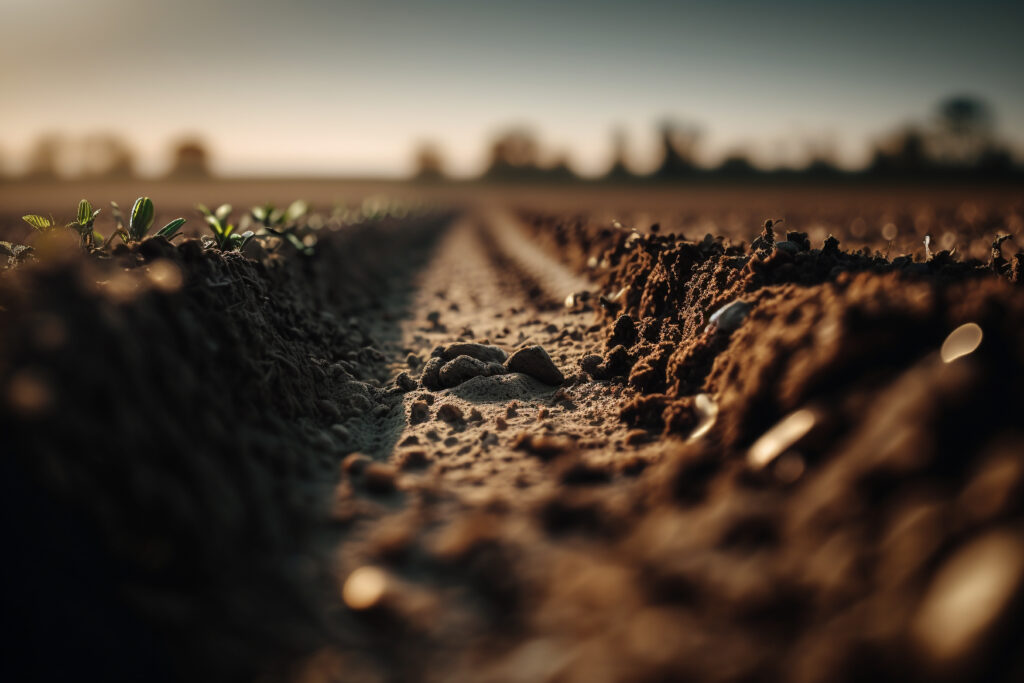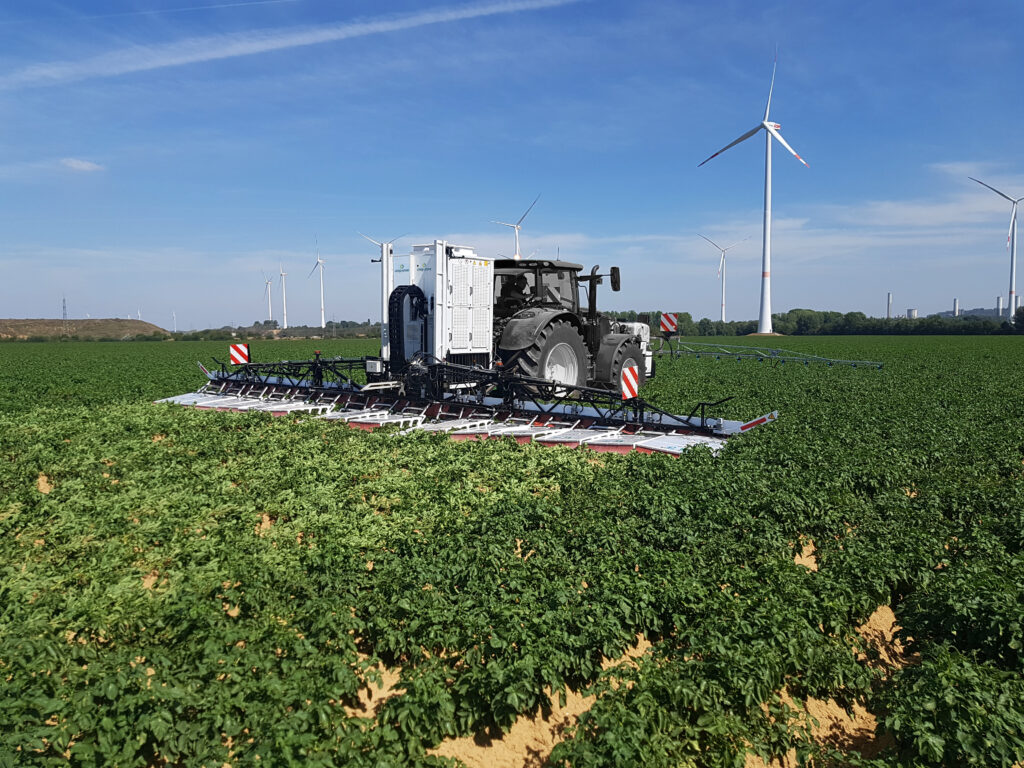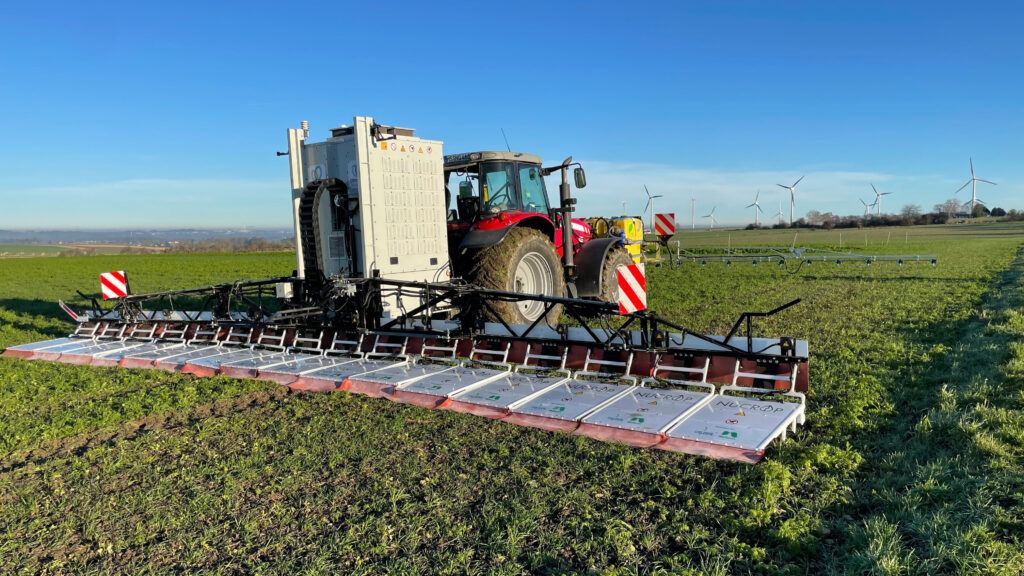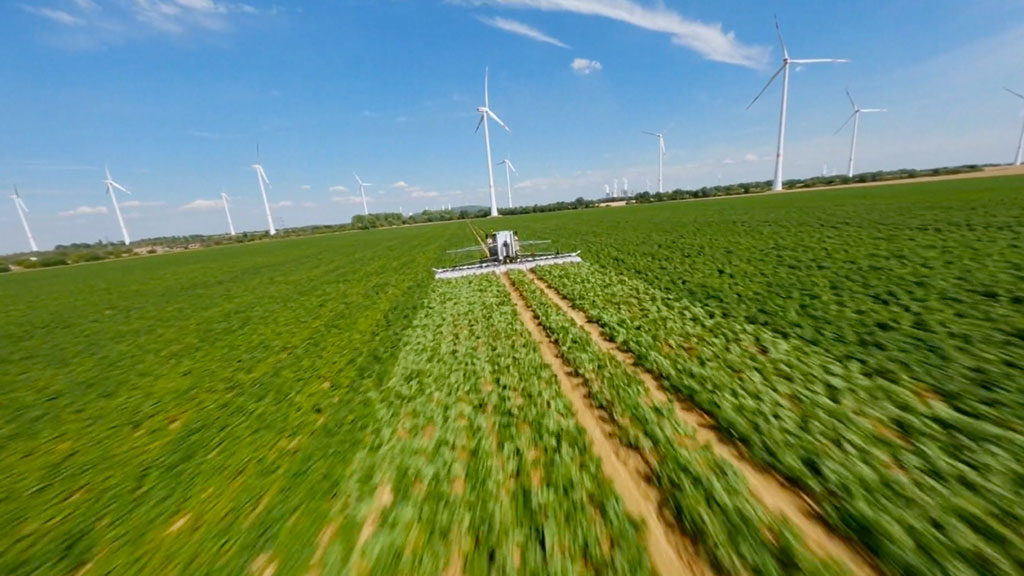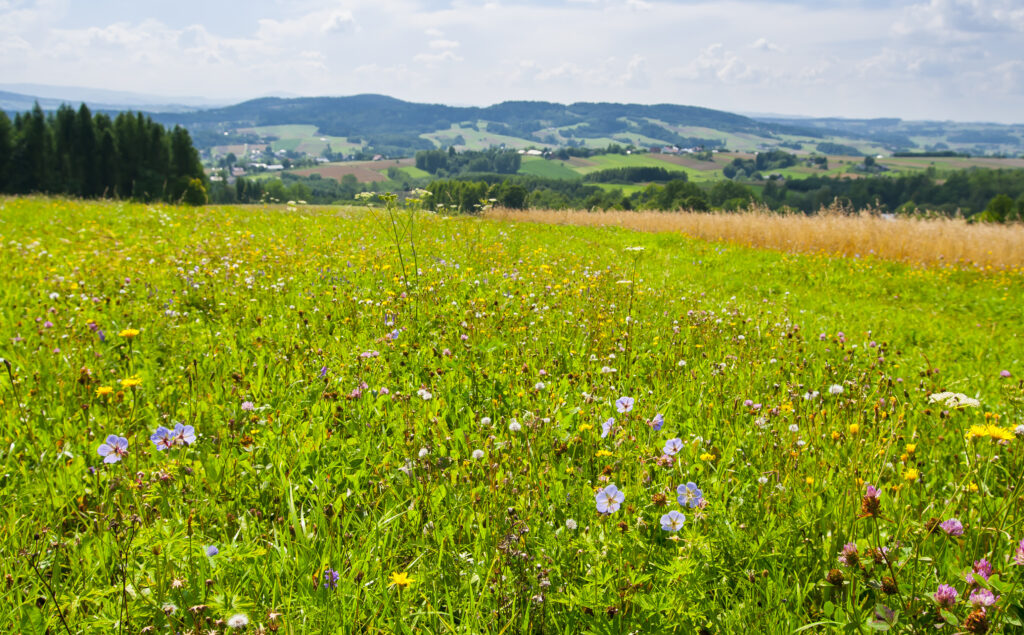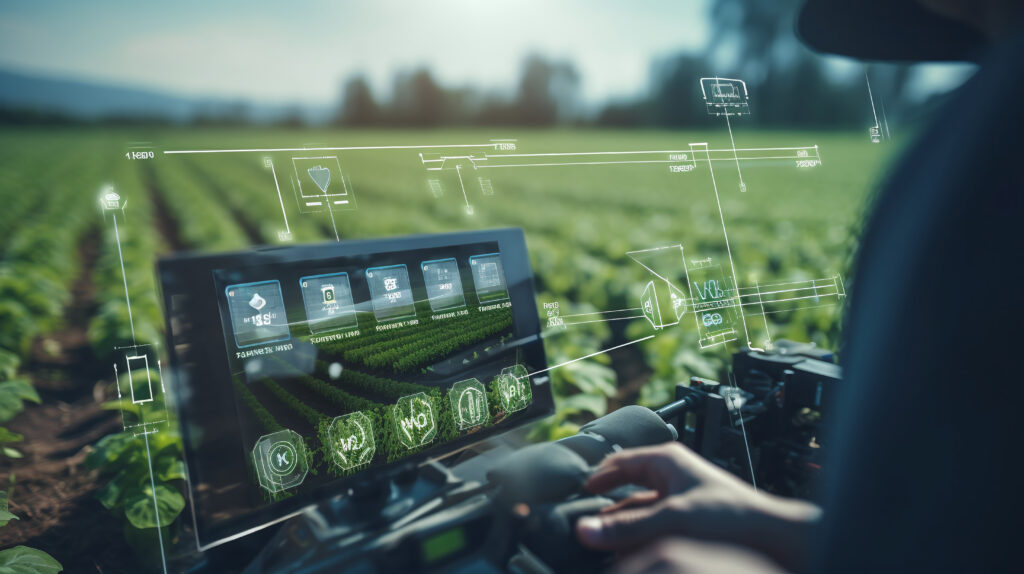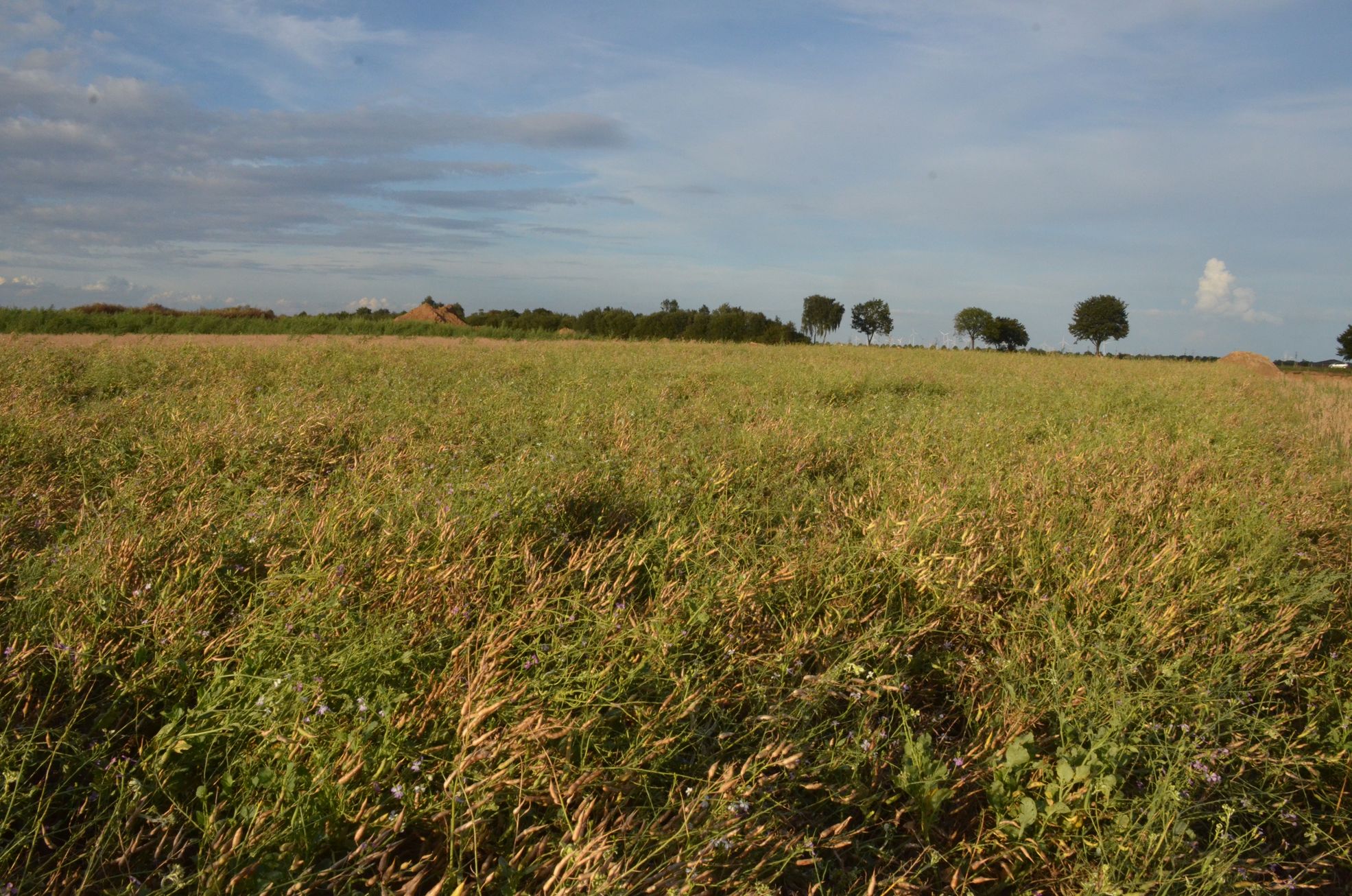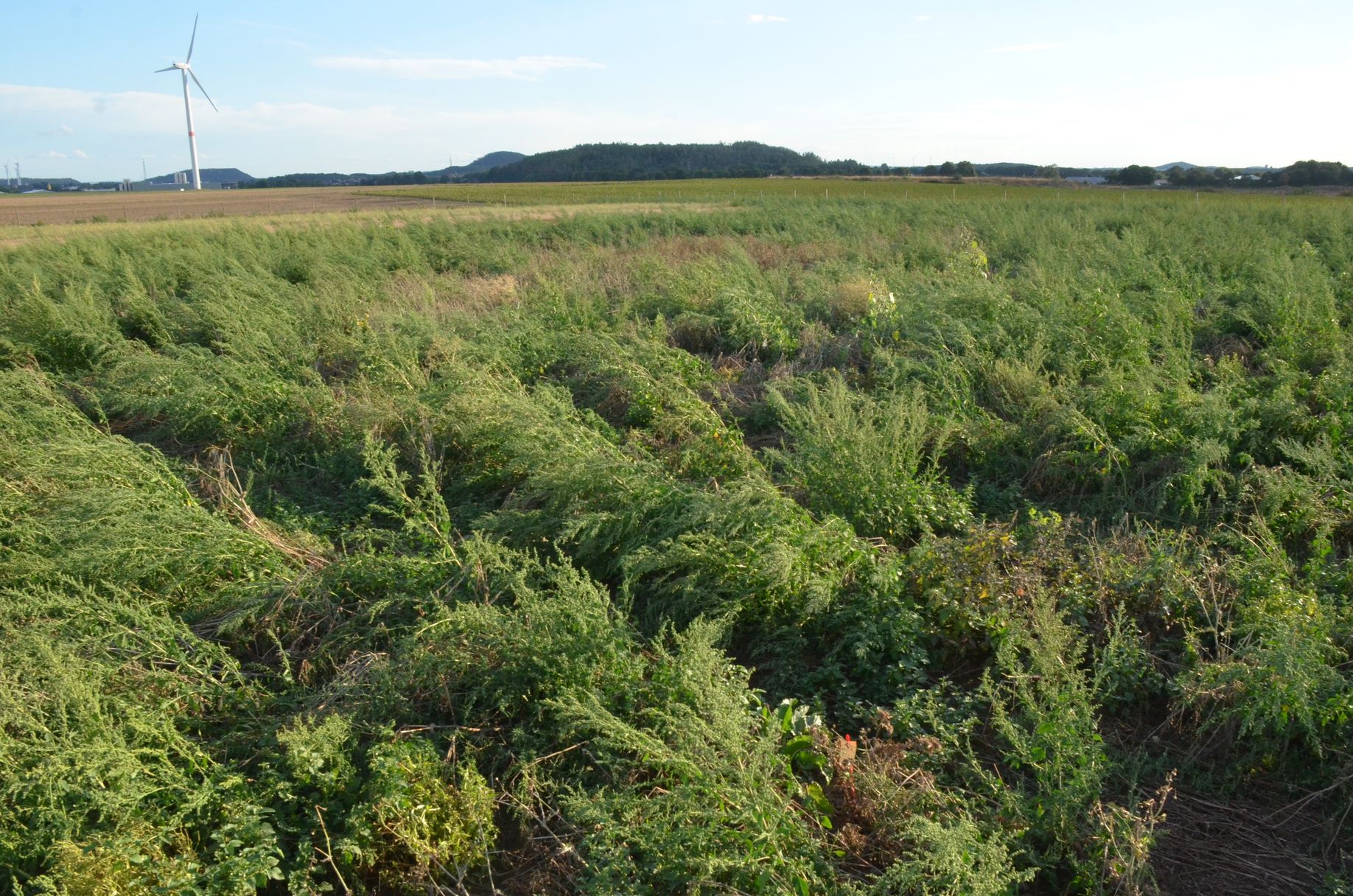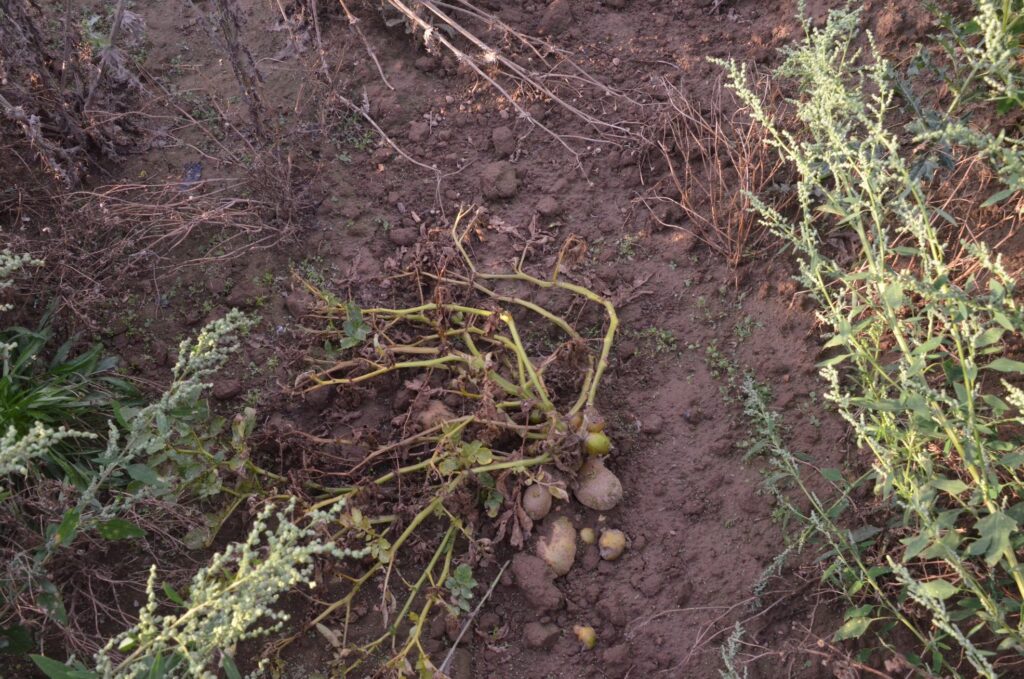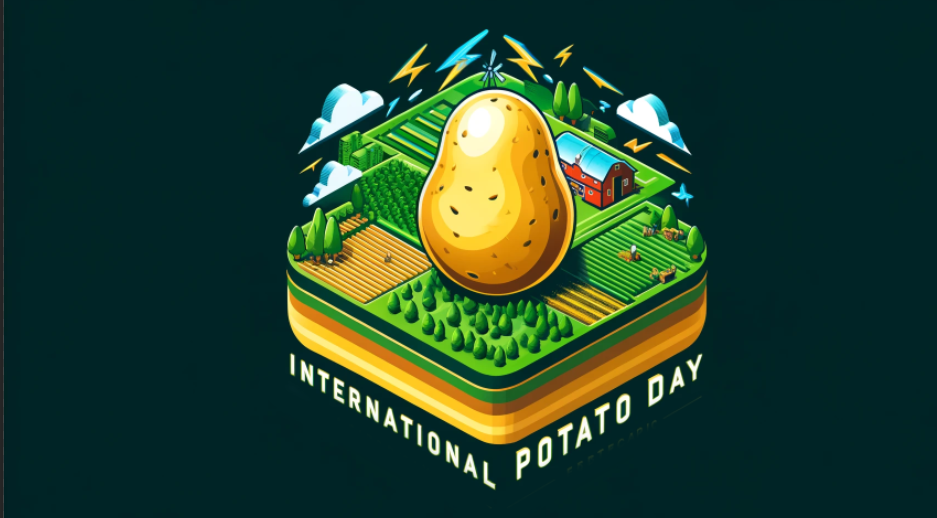Glyphosat: Zusammensetzung und Umweltauswirkungen
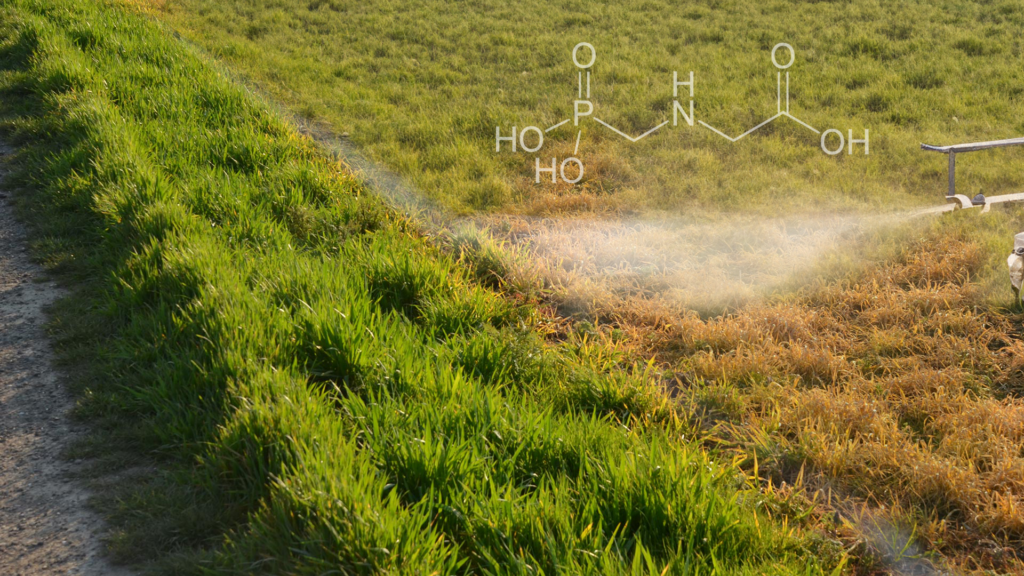
Glyphosat ist eine synthetisch hergestellte Substanz. In reiner Form besteht es aus fünf Elementen: Kohlenstoff, Wasserstoff, Stickstoff, Sauerstoff und Phosphor. Die ersten vier Elemente – Kohlenstoff, Wasserstoff, Stickstoff und Sauerstoff – werden derzeit noch mit viel fossilen Rohstoffen und Energie in die richtige Form gebracht, könnten aber auch mit regenerativem Strom aus praktisch unbegrenzt verfügbaren Rohstoffen nachhaltig hergestellt werden.
Der Knackpunkt: Phosphor – ein Rohstoff auf Zeit
Die Gewinnung von Phosphor ist nicht nur energieintensiv, sondern auch begrenzt, da Phosphor nur in wenigen Bergwerken abgebaut werden muss. Dabei verursacht der Phosphorabbau erhebliche Probleme:
- Hoher CO2-Ausstoß: Die Gewinnung von Phosphor, der meist in Gesteinen vorkommt, erzeugt viel CO2. Die bedeutendsten Tagebaue befinden sich in Marokko und China.
- Umweltschäden durch Abbau: Der Phosphorabbau im Tagebau schädigt die Abbaugebiete und führt zu einer starken Wasserverschmutzung. Die Wasserknappheit in den Abbaugebieten verschärft die Schwermetallbelastung.
- Gesundheitsrisiken: Die schlechten Arbeitsbedingungen mit wenig bis gar keiner Schutzausrüstung bei oft großer Hitze führen bei den Arbeitern zu Atemwegserkrankungen. Zudem kann der Abbau zur Kontamination von Nahrungsmitteln und Wasser führen.
- Abhängigkeit: Die weltweit wenigen Lagerstätten in China, Marokko und der von Marokko besetzten Westsahara sind zum Teil keine politisch stabilen Quellen für diesen wichtigen Rohstoff.
Aufbereitung von Phosphor
Nach dem Abbau wird das Phosphatgestein zerkleinert. Um weißen Phosphor für die Glyphosatherstellung zu gewinnen, wird das Gestein bei 1500 °C zusammen mit Koks und Siliziumdioxid erhitzt. Dabei entsteht eine erhebliche Menge an Kohlenmonoxid und es wird viel Energie eingesetzt. Anschließend wird der weiße Phosphor gereinigt und kann in weiteren Schritten zu Glyphosat verarbeitet werden.
Nachhaltigkeit und Zukunftsperspektiven
Die heute bekannten Phosphatreserven reichen schätzungsweise noch 100 bis 300 Jahre. Es gibt auch Berechnungen, nach denen die Reserven nur noch 80 Jahre reichen. Im Gegensatz zu anderen fossilen Rohstoffen wie Kohle und Erdöl, die durch alternative Energieträger ersetzt werden können, ist Phosphor als Nährstoff für Pflanzen, als Tierfutterbestandteil und auch für die Knochen des Menschen unverzichtbar und nicht ersetzbar.
Mit Phosphat muss daher sparsam umgegangen werden und im Ackerboden gebundenes Phosphat muss wieder verfügbar gemacht werden. Ein wichtiger Baustein, um bessere Kreisläufe zu schaffen und die Nutzung von Phosphor aus Lagerstätten zu reduzieren, ist der Einsatz von Gründüngung, die Phosphat für Tiere und Pflanzen wieder verfügbar macht. Auch wenn in diesem Bereich noch viel Forschungsbedarf besteht, ist klar, dass ein gesunder, humusreicher Boden mit wenig Bodenbewegung durch Pflügen und viel Gründüngung in die richtige Richtung weist.
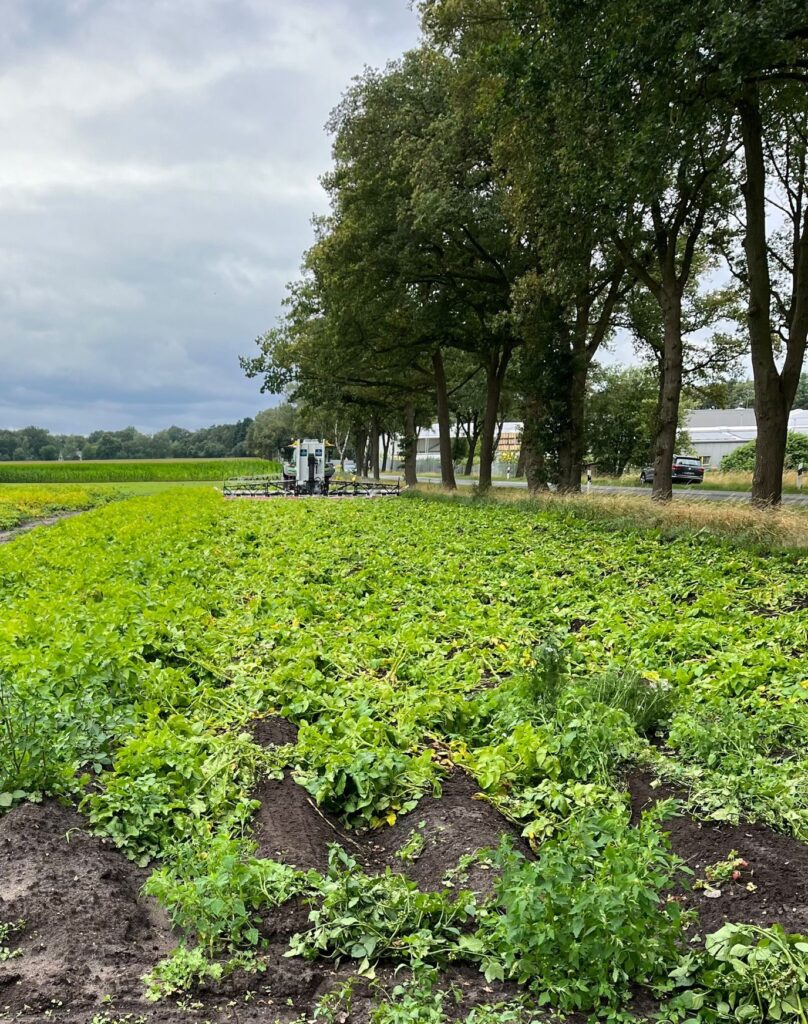
crop.zone leistet einen wichtigen Beitrag, Gründüngung und Unkräuter (falsche Pflanze zur falschen Zeit am falschen Ort) ohne zusätzliche Bodenbewegung und ohne Glyphosateinsatz wirksam zu kontrollieren.
Mit crop.zone Phosphatreserven schonen für eine nachhaltige Zukunft.

